Research
Search our website
Search our website by entering a keyword or choose a database above to search specifically.
Search
Showing search results 4,131 - 4,140
14,512 results found

Piston groove cleaner
This text can only be consulted in Dutch
<https://www.mot.be/resource/Tool/piston-groove-cleaner?lang=nl>

Pipe straightening device
This text can only be consulted in Dutch
<https://www.mot.be/resource/Tool/pipe-straightening-device?lang=nl>

Pipe welding clamp
This text can only be consulted in Dutch
<https://www.mot.be/resource/Tool/pipe-welding-clamp?lang=nl>

Plate-shears
This text can only be consulted in Dutch
<https://www.mot.be/resource/Tool/plate-shears?lang=nl>

Piton hammer
For his safety and, in artificial climbing, to get higher, the first
climber puts hooks in the crevices of the rock; the latter removes them.
The first work can be done with a light fist. However, pulling out the
hooks is sometimes difficult and various hammers have been devised to
facilitate this. All weigh about 500-670g and usually consist of a square
face to drive the hooks in, and a curved pin with notch that can be
inserted into the eye of the hook. The handle then becomes the power arm of
a lever of the first kind, like a claw hammer. Sometimes there is also a
hole in the working part, where a carabiner can be picked up. By forming a
chain of three carabiners, the last of which is inserted into the eye of
the hook, that hook can sometimes be knocked out. The pin or the more or
less pointed end of the working part also serves to drive clamping wedges
into gaps. The wooden handle was replaced by the metal, which does not come
off. Usually a hole is drilled in the end of the stem...

Pointing sword (bricklayer)
The pointing sword (1) is a stonemason's hand tool that was used when
placing large blocks of natural stone. These blocks are not placed in
mortar like bricks, they are placed on wooden blocks after which the mortar
is applied between the stone blocks using this tool (2). The vertical
joints are also filled in this way. The large notches on both sides
therefore serve to push the mortar forward between the stone blocks (3).The
thin metal blade can be attached in line with the wooden straight handle or
form an angle with it. The blade is doubly serrated in shape, with large
notches facing forward. The length of the joint sword depends on the
dimensions of the masonry that you want to build with it.The pointing sword
is similar to the slate ripper but the blade is thinner, the notches are
directed forward and the handle does not end in a hook. [MOT](1)
Translation of 'voegzwaard' in Dutch. The proper name in English is yet
unknown.(2) Trade catalogue MM. Civet, Crouet, Gautier & Co: Exploitation...

Record brush
The record brush is a hand tool to clean vinyl music records by wiping dust
and fingerprints without damaging the record. One model consists of a
rectangular and rounded oak block with a soft felt brush surface, usually
black. It somewhat resembles a whiteboard eraser. A slot is provided on one
side to store the accompanying cleaning fluid. Other models include bleach
goat hair or velvet. There is a wide variety of vinyl brushes in carbon and
plastics. Most of them are anti-static to rid the plate of its static
charge. [MOT]

Plasterer's ornamental tool
This text can only be consulted in Dutch
<https://www.mot.be/resource/Tool/plasterers-ornamental-tool?lang=nl>

Pliers for cutting rings
These pliers are used to saw through a glued ring, which for example cannot
be removed with soap or wire, without damaging the skin. There are also
models for left-handers. More technical information on the Dutch version of
this page. [MOT]

Pliers for circlips
This text can only be consulted in Dutch
<https://www.mot.be/resource/Tool/pliers-for-circlips?lang=nl>








